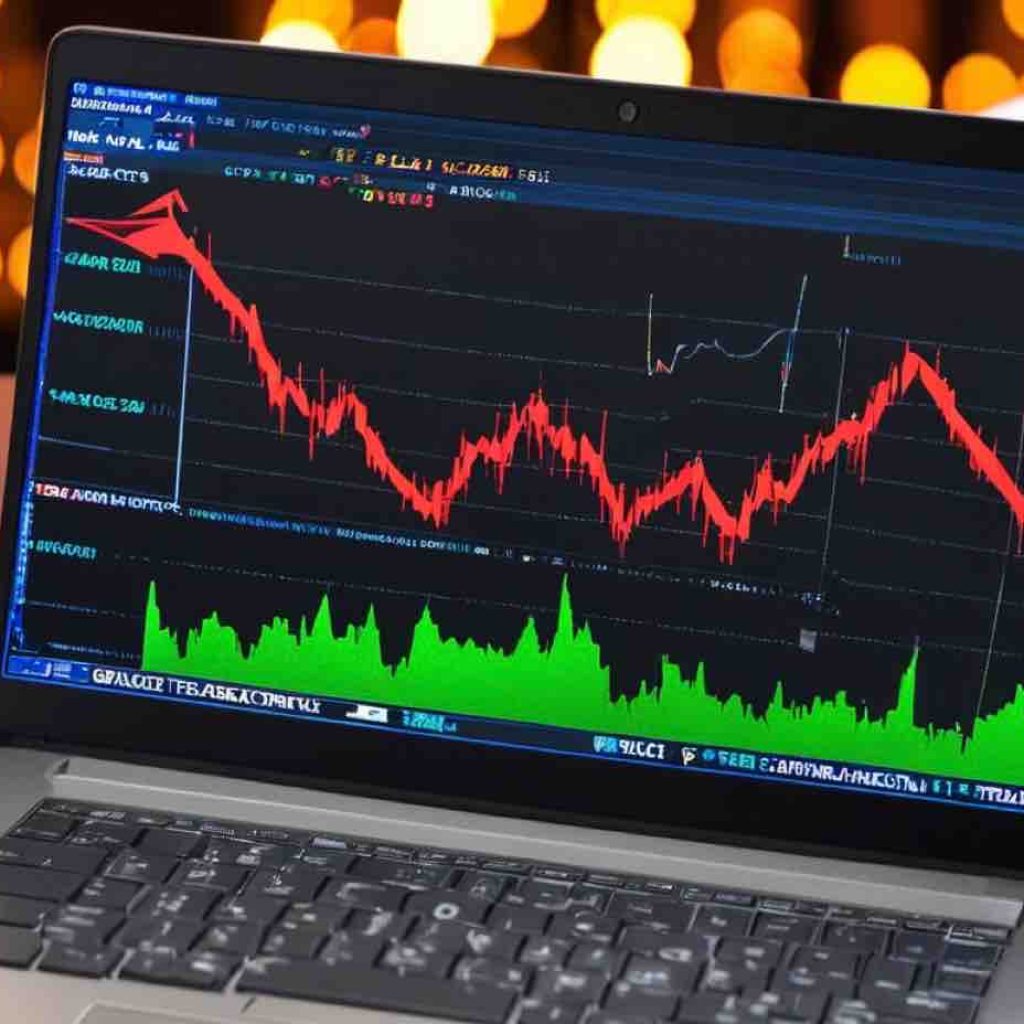The automated smart clearing protocol creator Yellow Network has announced the launch of its Layer-3 testnet in beta, along with an incentivized program that will reward participants who help to test the network’s capabilities and provide feedback.
Yellow Network is a cross-chain, peer-to-peer network overlay that provides the Layer-3 infrastructure required to facilitate crypto transactions between multiple parties at once. What’s more, it claims it will be able to do so instantly, at the lowest prices, by pooling liquidity from numerous different sources. It can be thought of as a kind of clearing house for decentralized exchanges, making use of state channels to enable ecosystem participants to trade off-chain.
The protocol aims to facilitate cross-chain and cross-exchange trading for the biggest players and institutions in the crypto industry, eliminating any counterparty risk. The team has stated in the past it developed Yellow after identifying a gap in the market for a compliant, all-in-one clearing and settlement layer.
Yellow Network intends to overcome the problems that arise from the fragmented liquidity in DeFi. By linking hundreds of individual blockchains and DEX platforms into an automated and non-custodial trading hub, it aggregates their liquidity into a single price feed, enabling high-speed trading across all of them with minimal fees.
The network employs state channel infrastructure, which makes it possible for all participants to communicate and trade with one another in a decentralized way. One of the key elements in this is ClearSync, a smart clearing protocol that works by verifying all network participants have sufficient funds to trade without exceeding their capital limits. Users are required to lock collateral in a state channel that’s controlled by a smart contract, which is governed by the parties within the channel. Through this mechanism, counterparties can trade with one another in full confidence that their trades will be settled on the blockchain once the state channel is closed.
According to Yellow, the DeFi industry is in desperate need of a purpose-built and cross-chain protocol to support the requirements of institutional traders. The lack of this infrastructure has been a significant factor in slowing DeFi’s adoption, Yellow says. By building a customized L3 for rapid trading that mitigates risk and protects every user, Yellow believes it can initiate greater adoption of DeFi.
Yellow said its L3 beta testnet will launch on Duckies, an NFT game that acts as its canary network. It has already extended a number of invitations to those who have previously expressed an interest in participating in the beta, and is also accepting new submissions, which will be appraised after Dec. 13. Those who are cleared to participate in the beta will be among the first to experience the full capabilities of its P2P trading protocol, and provide essential feedback to help iron out any kinks ahead of a wider launch next year.
According to Yellow, it has created a strict selection criteria for beta testnet participants, and will only accept those who can add value to the project and provide the input it needs to refine its protocol. Those who’re accepted into the beta testnet will be rewarded for their participation, while testing key features such as depositing collateral, executive trades and converting digital assets.
Once the incentivized testnet stage is complete, Yellow will follow with an open testnet prior to the launch of its mainnet sometime next year, as per its roadmap.
Yellow Network sees itself fulfilling a unique role in the DeFi space, combining the capabilities of the SWIFT messaging and ECN order matching protocols that are used in traditional financial systems. Just as SWIFT and ECN connect all of the major banks and institutions in TradFi, Yellow aims to do the same for the biggest participants in DeFi, pooling the entire value held within its ecosystem into a single, easily accessible gateway.





